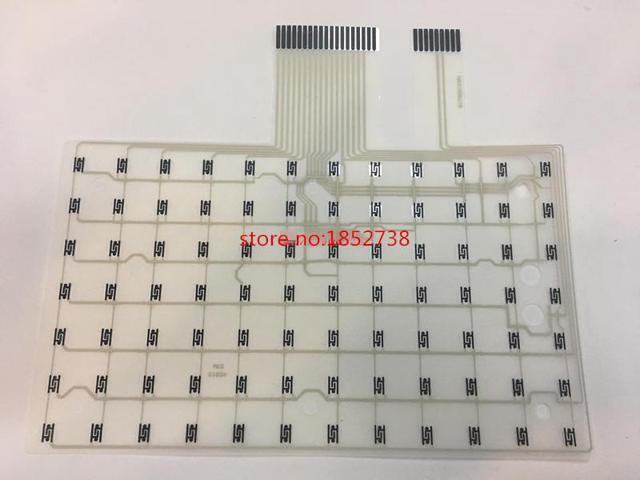Excerpt from Sources and Concentrations of Dissolved Solids and Selenium in the San Joaquin River and Its Tributaries, California, October 1985 to March 1987
Water that reaches the perennial-flow part of the San Joaquin River from the predominantly intermittent parts of the river upstream from Stevinson is monitored at time San Joaquin River near Stevinson (site During low - flow conditions, most water reaching site 1 is irrigation-return flow, but during high-flow periods most of the water is Sierra Nevada runoff.
The first tributaries to enter the river downstream from the Stevinson site are Salt Slough (site 2) and Mud Slough (site with a combined drainage area of ha. One source of water in these sloughs is subsurface agri cultural drain water, some of which is high in dissolved solids and dissolved selenium. The sloughs also receive irrigation-return flows and ground - water inflow. The sloughs are connected upstream to a network of water distribution and drain water collection canals so that some inflows can be alternately conveyed to one slough or the other.
The three major eastside tributaries that originate in the Sierra Nevada, with a combined drainage area of about 1 million ha, account for most of the tributary inflow 1x3 the San Joaquin River (hunter and others, From south to north, these tributaries are the Merced River (site the Tuolumne River (site enui the Stanislaus River (site Twenty percent of the natural flow in these tributaries during high runoff years and as much as 90 percent of the flow during low runoff years is stored in reservoirs or diverted for irrigation. The lower reaches of these tributaries receive substantial quantities of irrigation-return flows.
About the Publisher
Forgotten Books publishes hundreds of thousands of rare and classic books. Find more at www.forgottenbooks.com
This book is a reproduction of an important historical work. Forgotten Books uses state-of-the-art technology to digitally reconstruct the work, preserving the original format whilst repairing imperfections present in the aged copy. In rare cases, an imperfection in the original, such as a blemish or missing page, may be replicated in our edition. We do, however, repair the vast majority of imperfections successfully; any imperfections that remain are intentionally left to preserve the state of such historical works.















